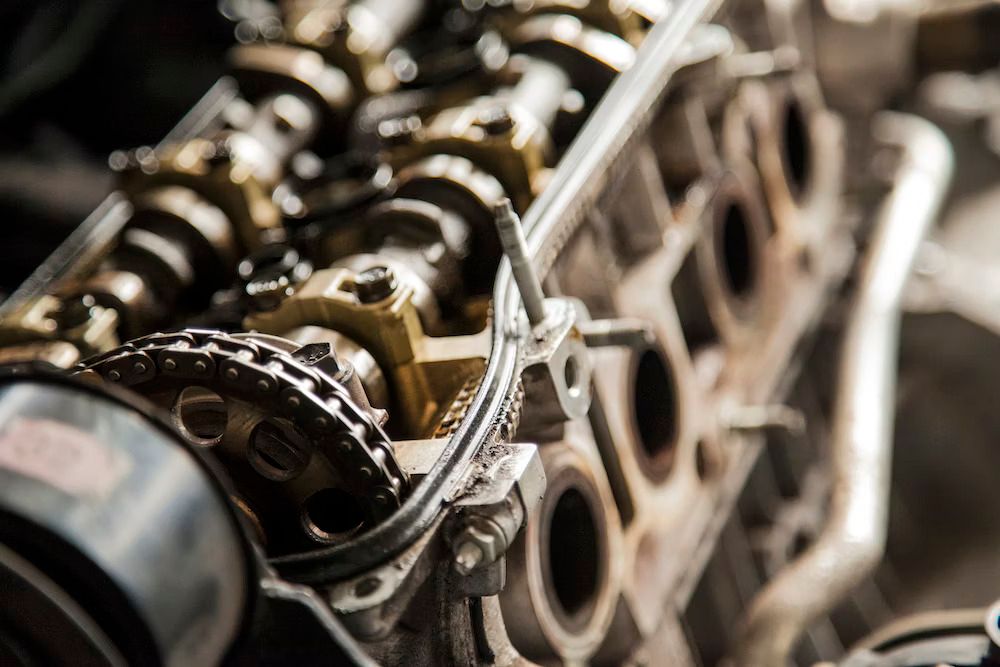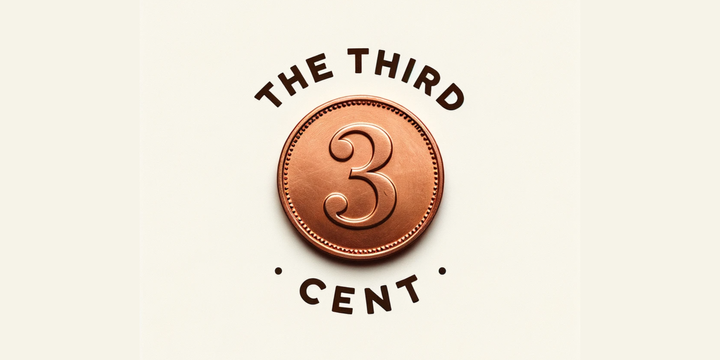MM Session 15 - Castrol India Limited : An innovative distribution channel - case discussion

Introduction:
In the fifteenth session of the marketing management course, we dived deep into the Castrol India Limited case written by Dr. Renuka Kamath. The case discusses in some detail the changes in consumer behaviour that occurred when 2 stroke engines were replaced by 4 stroke engines. In short, the act of changing the oil became more infrequent and far removed from the consumer. This means that fundamental changes need to occur in the way the product is sold in the market. In addition to the changing consumer behaviour, public sector oil marketing companies (BPCL, HPCL, and IOCL) are slowly eating into the motor cycle oil market by introducing their own motor cycle oils. Furthermore, motor cycle manufacturers also want a share of the action and are slowly introducing their own ‘genuine oils’. In addition to intensifying competition to take control of the burgeoning market, the Castrol’s trade partners (this is a common term used to describe retail intermediaries, i.e. distributors, dealers, sub-dealers, etc. ) appear to be disinterested in reaching out to small, credit unworthy, mechanics due to potentially low ROI. The question that Castrol’s senior management is faced with : How do we tap into this fast growing market?
Recall Marketing Myopia by Theodore Levitt. In the article, Levitt describes how companies that do not define the business they are in accurately, they risk being wiped out entirely. Another, more subtle, point that Levitt impresses upon us is the fact that these industry altering disruptions often emerge from quarters you never imagined existed. If this is true, then the disruption truly has to occur in one or more of the four Ps of marketing. Let’s take Levitt’s own example to illustrate. Think about American railroads getting deposed by the onset of air travel. Who do you think was in the best place to see the change coming? Consumers did not decide one fine day that they would no longer travel by trains. The change must have been gradual (we were not there to see, but this is an informed guess). Clearly, the people incharge of ticketing and serving consumers in the train should have had some headwind of this? But did they do something about it? In hind sight, we could say no.
Contrast this with the situation Castrol finds itself in. There appears to be a change in the way business, but they seem to be able to sense it. They want to do something about it. And in their mind, the solution needs to occur int he realm of distribution. Specifically, the authors point out, the solution has to be involve the introduction of a new channel to cater to needs of the thousands of local mechanics who have many low cast alternatives to choose from and have no access to formal credit.
Our job is to figure out a solution to make this happen.
Some learnings
While the discussion of the case went really well in class, I thought in this edition of the newsletter, we should dwell on some of the key concepts within the domain.
- Remember that a brand possessing exclusive access to the entirety of its supply chain is a very rare phenomenon. If it does occur, it may well be a very expensive affair. Most products that require to be distributed intensively will involve the sharing of some portion of the supply chain. For example, in our case, Castrol may have exclusive distributors to push their product into the market, but those who the dealers supplies to such as franchised workshops, and non franchised workshop are unlikely to be loyal to simply one brand. More often than not, these dealer counters are likely to pit one firm against the other and try to extract the best possible deal for them (in terms of credit, margins, incentives etc). They are able to do this solely because they are the custodians of consumers’ trust.
- In order to counter this hegemonic power that retailers posses, brands typically try and maintain multiple retailing channels. The options that are available to consumers may range between direct and indirect supply. Given that the internet has made it possible for brands to reach out directly to consumers and sell their wares with relative ease, web-shops are noted to be a common choice. Maintaining multiple channels can help marketers achieve several tangible and intangible benefits. For instance, having a direct presence in the market can help brands maintain a market operating price ( a price over which other retailers cannot sell). Should the retailer price products over the market operating price, consumers will automatically begin to prefer the direct channel. You may have done this yourself when you surfed through a brands official store online to discover prices and haggle with other third party retailers. Another oft observed advantage that direct stores provide is the brands’ ability to showcase all the product they have on offer. Trade partners may not warm up immediately to new product introductions. Also, direct channels to lead by example in terms of merchandising, promotions and other brand related activities.
- Whenever a change in instituted within the extant supply chain, you should necessarily expect some sort of pushback. It is really difficult to please everyone in real life. The same is true in the case of the supply chain. Ideally, you want to be able to minimise the negative sentiment in the chain and try and provide some positive for everyone involved. In the Castrol case, we discussed how the management introduced their own ‘feet on the street’ to manage credit and stock, and build relationships with the mechanics who own non franchised workshops. However, there may be other equally viable if not better solutions. One such solution emerged from our own class discussions today.
An alternative solution
Just as how Levitt points out that disruptions that destroy entire industries takes shape outside, of equal truth is the fact that solutions too may emerge from places far away from the industry. In our case, we may look into Grameen Bank’s business model for some solutions. The website offers an excellent introduction to what they are. In summary, the Grameen bank created a “banking system based on mutual trust, accountability, participation and creativity” by providing “credit to the poorest of the poor in rural Bangladesh, without any collateral”.
How did they achieve this amazing feat?
By using social ties to reduce what finance people called credit risk (risk of failure to repay).
Is this not possible in our situation? It may be possible. In many ways, this solution may be superior to the solution that Castrol finally went ahead with.
Here are some links that I found very useful. Please look into them in case you are interested to explore what really happened.
This one, I’m sharing just for laughs and learnings.
Closing remarks
Do think about the case a little more. It is my hope that the case helps you start reading between the lines and understanding the motives and interest of various stakeholders. In summary, I want to take a few sentences to emphasise on perhaps the most important learning for the day - “The aim of marketing is to make selling superfluous”. While I said it in class today, it was borrowed from Peter Drucker. In fact, here’s the full text of the pearls of wisdom from decades ago:
“There will always, one can assume, be need for some selling. But the aim of marketing is to make selling superfluous. The aim of marketing is to know and understand the customer so well that the product or service fits him/her and sells itself. Ideally, marketing should result in a customer who is ready to buy. All that should be needed then is to make the product or service available.” - Peter Drucker
You are all on your way to learn the fine art of marketing.
Happy learning!



